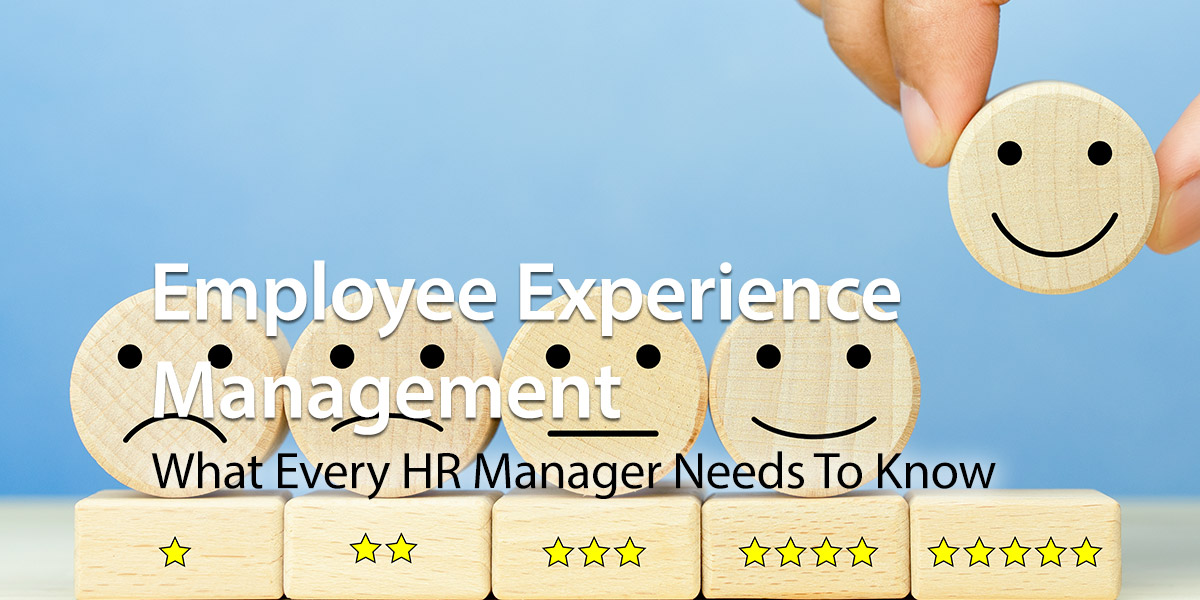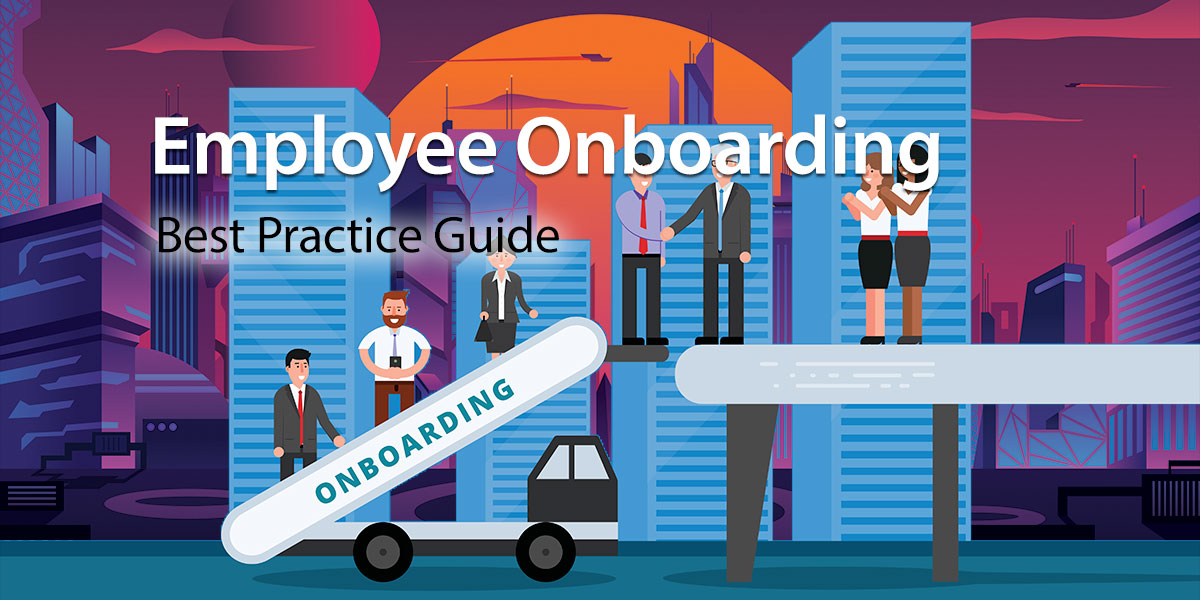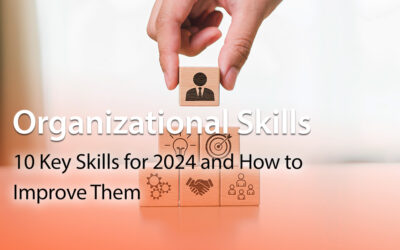Once upon a time, a good salary plus a few perks like company vehicles or gym membership was all it took. Nowadays, attracting and retaining the best people in the hybrid workforce is not so straightforward. If you want to avoid the domino effect of the Great Resignation, you also need to deliver a great employee experience.
In this post, we share the lowdown on employee experience management. We look at why it’s more important than ever. And we share some best practice tips that every HR manager should know.
What Is Meant By Employee Experience?
The employee experience (EX) covers every touchpoint a worker has with an employer. It starts the moment an individual first contacts you about a job. And it continues throughout the five stages of the employee life cycle, only ending once the worker leaves or retires.
The employee experience describes how your people feel, think and learn during each stage. Deloitte nicely sums up the importance of EX as follows:
At its core, EX is about making work better for humans and making humans better at work.
The customer experience is firmly on the radar of every CEO. Organizations have woken up to the fact relationships with customers are primarily driven by emotions. It’s all about how they ‘feel’ about your brand. And the same approach is now being adopted for employees. For workers, it’s not just about salaries, perks, and incentives. To get the best out of your people, you need to listen, value, and connect with them.
Ultimately, employees’ day-to-day experiences impact how hard they work and how invested they are in company success. And that’s what makes EX so important.
What Are The Elements Of Employee Experience?
In The Employee Experience Advantage, best-selling author and EX guru Jacob Morgan identified three critical components impacting EX. Crucially, all three have been turned upside down by the pandemic, necessitating a fresh approach.
Technological Environment
Having the right digital tools increases workers’ confidence and ability to do the job. And it also ensures they remain productive in their roles. Technology is even more critical within hybrid workplaces. Whether working in the office or remotely, all staff should have a level playing field. When it comes to communication, information sharing, and collaboration, technology can enhance EX for all your people.
Physical Environment
It’s no surprise that the workplace environment dramatically impacts employees’ wellbeing. What the workplace looks like and offers will affect how staff feel about coming to work. Modern, bright, airy workplaces tend to have happier, more productive, and focused workers. And it goes without saying that a decent coffee machine is a must-have.
However, nowadays, more staff are likely to work from home at least some of the time. Therefore, the physical environment of the employee’s home office is just as important. No matter where your people are, ensuring they have all they need to be happy and productive is vital to EX.
Culture
Company culture is the vibe you get when you walk into a workplace. It can either energize or depress, motivate or dishearten. It can even empower or disenfranchise. Culture is hard to define, but it’s made up of your values, leadership styles, structure, and processes. Even the banter on the shopfloor contributes to the company culture. To maximize the EX, ask yourself the following searching questions:
- Do our people feel heard by management?
- Do their supervisors support them?
- Do we recognize and reward the team at every opportunity?
- Are there pathways for employees to grow and develop at work?
What Is Employee Experience Management?
It describes your collective efforts to track and improve EX. The aim is to promote positive and minimize negative experiences at every stage of the employee life cycle.
There are five key stages to the employee life cycle. And it makes sense to organize your employee experience management along the same lines:
- Recruitment
- Onboarding
- Development
- Retention
- Offboarding and exit
Typically, employee experience management involves the following activities, plus much more:
- Gathering feedback from workers using pulse checks, engagement surveys, and exit interviews
- Two-way communication between employees and management
- Employee-centered performance reviews
- Monitoring how supervisors interact with and support their team
- Ensuring technological platforms are matched with workers’ needs
- Setting up learning and development programs
Gathering staff feedback and reviewing your business processes harvests a wealth of valuable data and insights. You will identify gaps in your EX and areas for improvement, whether minor changes or company-wide initiatives.
What Does An Employee Experience Manager Do?
EX is such a powerful driver of business performance that many organizations have appointed a specialist employee experience manager.
The job holder takes overall responsibility for EX. And while the tasks vary from company to company, here are some common elements:
- Responsibility for staff compensation, perks, and benefits
- Developing rewards programs and employee recognition schemes
- Onboarding new employees
- Overseeing employee professional development, including leadership training for managers
- Collaborating with executives to ensure company policies are effective and correctly applied
- Collecting and analyzing employee feedback and making recommendations to company leaders
The employer-employee relationship must be nurtured and cultivated, just like any relationship in life. And employee experience managers build and sustain positive EX at every point in the employee’s life cycle.
What Is An Employee Experience Solution?
Managing and sustaining EX doesn’t just happen. You need to plan and prepare an effective solution. An EX manager is a great place to start. However, there are things HR can do now to get the ball rolling.
Listen To Your People
If you want to improve EX, there’s no better place to start than asking your people. Find out how they are doing and ask for ideas on ways to simplify and improve their work. And invite staff to share their insights on how to make the employee life cycle more personal and meaningful. A simple and effective way to get employee feedback is using software designed for employee surveys. According to survey software companies, it’ll enable you to create custom questions or use scientifically researched and verified question templates. You can also choose whether the survey should be anonymous, depending on what works best for your situation. Gathering feedback is so essential to EX management that we take a deep dive into employee surveys later.
Plan
Use the data gleaned from your employee surveys and start small. Begin with quick fixes and gradually build up to high-level strategic initiatives. For example, implementing an onboarding checklist could dramatically impact that stage, ensuring staff receive a consistent and comprehensive induction. Always have the overall EX as your guiding star as you look to improve aspects of the employee life cycle.
Be Ready To Invest
It could be fresh office furniture or investing in a new collaboration platform. Either way, be prepared to splash some cash, so employees want to come to work. However, you don’t have to blow your budget on a complete workplace refit. Swapping hard plastic chairs in the meeting room for more comfortable ones can make all the difference. And don’t forget about your remote workers. Many companies now offer a home office setup allowance.
Measure Progress
Whether it’s pulse checks, engagement surveys, or ongoing performance conversations, gather real-time data. This helps you benchmark where you are currently and the impact of your changes over time.
Report Back
Be sure to celebrate your successes. Keep workers in the loop and report back on your achievements. All that good news is bound to get even the most determined naysayers on your side.
Types Of EX Surveys
As we have seen, finding out how your people feel is critical to employee experience management. And it also makes it easier to track your progress. Here are some ways you can capture those feelings at different stages of the employee life cycle.
Candidate Surveys
Find out about people’s experiences of your ad-to-hire process with a candidate survey. Make sure you capture the views of both successful and unsuccessful applicants. You will gain insights into whether your job ads attract and engage the best candidates. And discover how effective your branding, interviews, and recruitment processes really are. Ensuring unsuccessful applicants also have a voice will do your brand reputation no end of good.
Onboarding Surveys
Your people’s onboarding experience sets a crucial marker for the entire employee journey. Check-in regularly with new recruits to ensure onboarding is positive and effective. Quick pulse surveys or snap polls are the best options to avoid survey fatigue.
Training Feedback Questionnaires
Professional development is crucial to retention. Harvesting data after training events means you can map the staff member’s growth and ensures you optimize learning opportunities.
Employee Engagement Surveys
These comprehensive employee surveys often take place annually. They give workers a voice, direct company objectives, and tell you how you are doing on employee engagement.
Exit Interviews
Workers typically give honest feedback when they are about to leave. So, use exit interviews to gain insights into the offboarding life cycle stage. Understand the positives and negatives of EX and your company culture and identify ways to improve turnover and retention.
Pulse Checks
These shorter, more regular surveys are helpful for any stage of the employee life cycle. Nimble and easy to put in place, they provide valuable qualitative data you can track over time.
Ad Hoc Surveys
Get quick feedback on a hot topic with an ad hoc survey. Perhaps you are introducing a wellness program to assist with retention. Or maybe you want to find out if managers’ leadership training has impacted teams. Ad hoc surveys are quick to deploy and give you instant feedback.
Always-on Feedback
These on-demand surveys allow workers to offer in-the-moment insights and feedback. Typically very short with just a handful of questions, always-on surveys provide real-time snapshots of staff morale.
Employee Experience Management: Quick Summary
Hybrid working requires a fresh approach to the employee experience. Your remote workers’ EX may differ entirely from those in the office.
There are three main elements to the EX:
- Technological environment
- Physical environment
- Culture
Employee experience management is a comprehensive approach to EX that encompasses the five key stages in the employee life cycle. Gathering feedback and data at each stage helps you identify what matters to your people.
And it helps guide and shape EX initiatives to ensure your physical workplace, technology, and culture are the best they can be for all workers.
According to McKinsey, up to 40 percent of workers plan to quit their jobs in the next 3-6 months. There’s no doubt the Great Resignation is making it harder to retain top talent. Investing in EX management offers an effective way for HR to navigate these stormy seas.
About MyHub
MyHub is a leading provider of cloud intranet solutions. Designed by experts for non-experts, our intranets are used by HR professionals worldwide to deliver the best possible internal service. Contact the helpful team at MyHub for a free demo or a no-obligation 14-day trial of our easy-to-setup and manage software And discover what a difference it can make your organization’s employee experience.











0 Comments